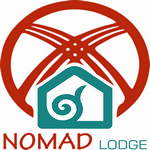Yurt – nomadic dwelling
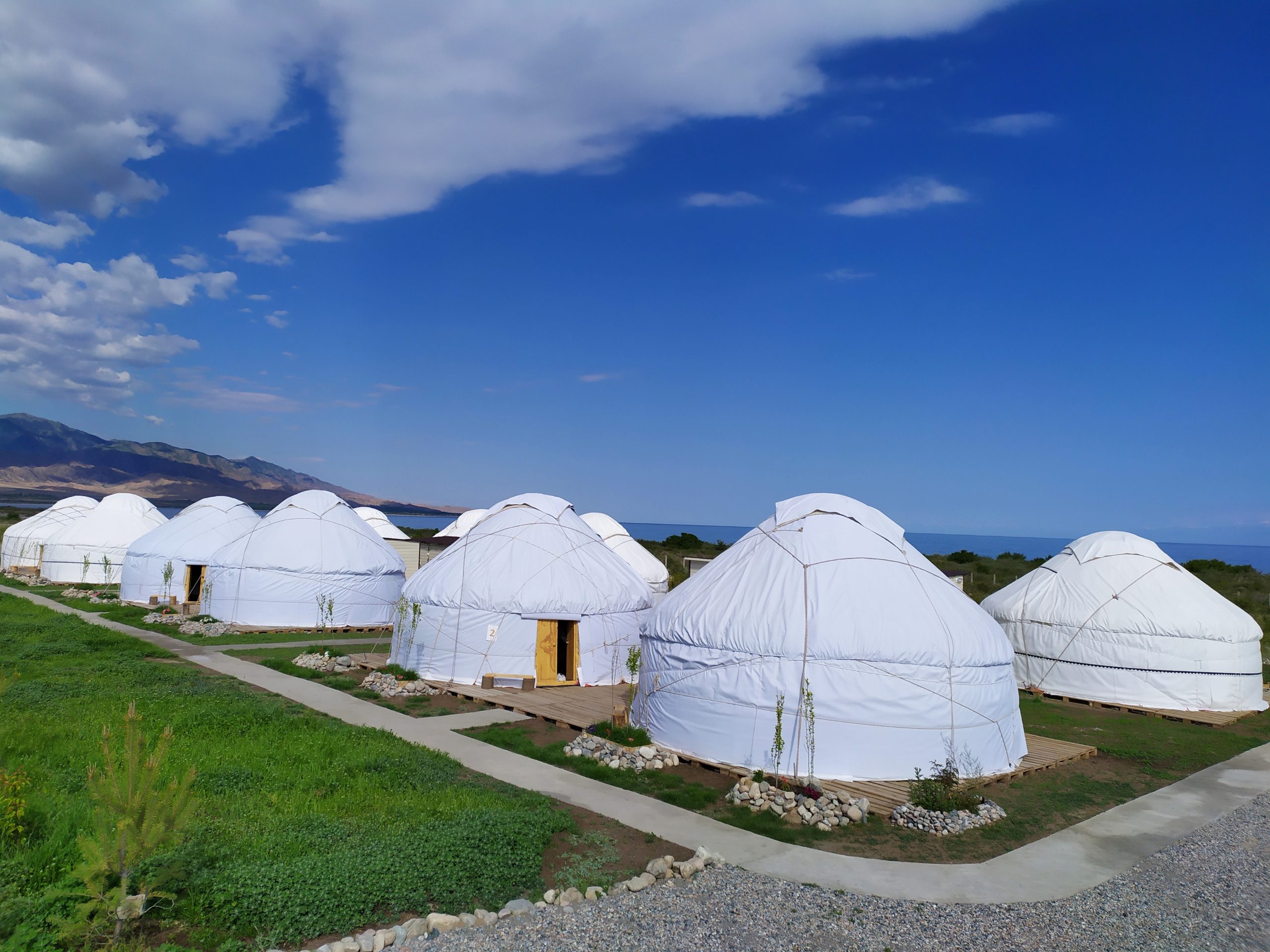
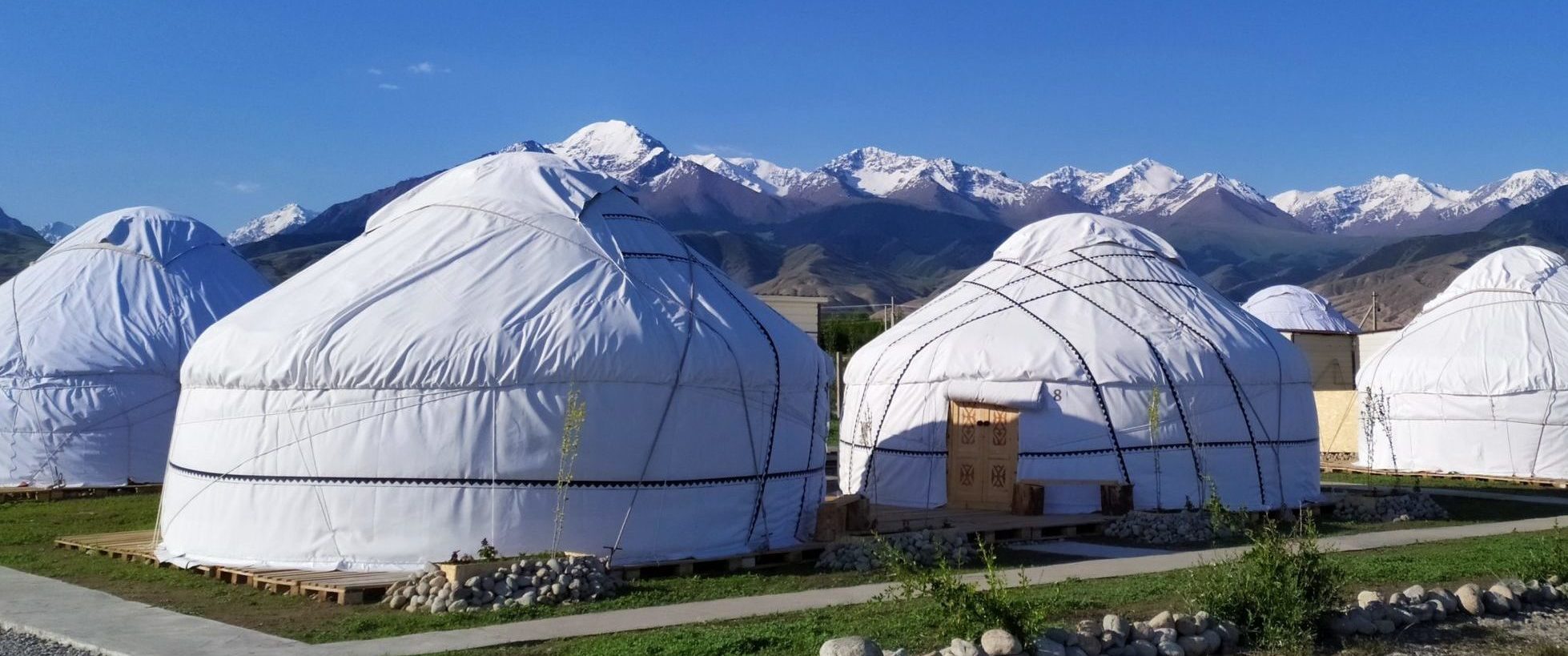
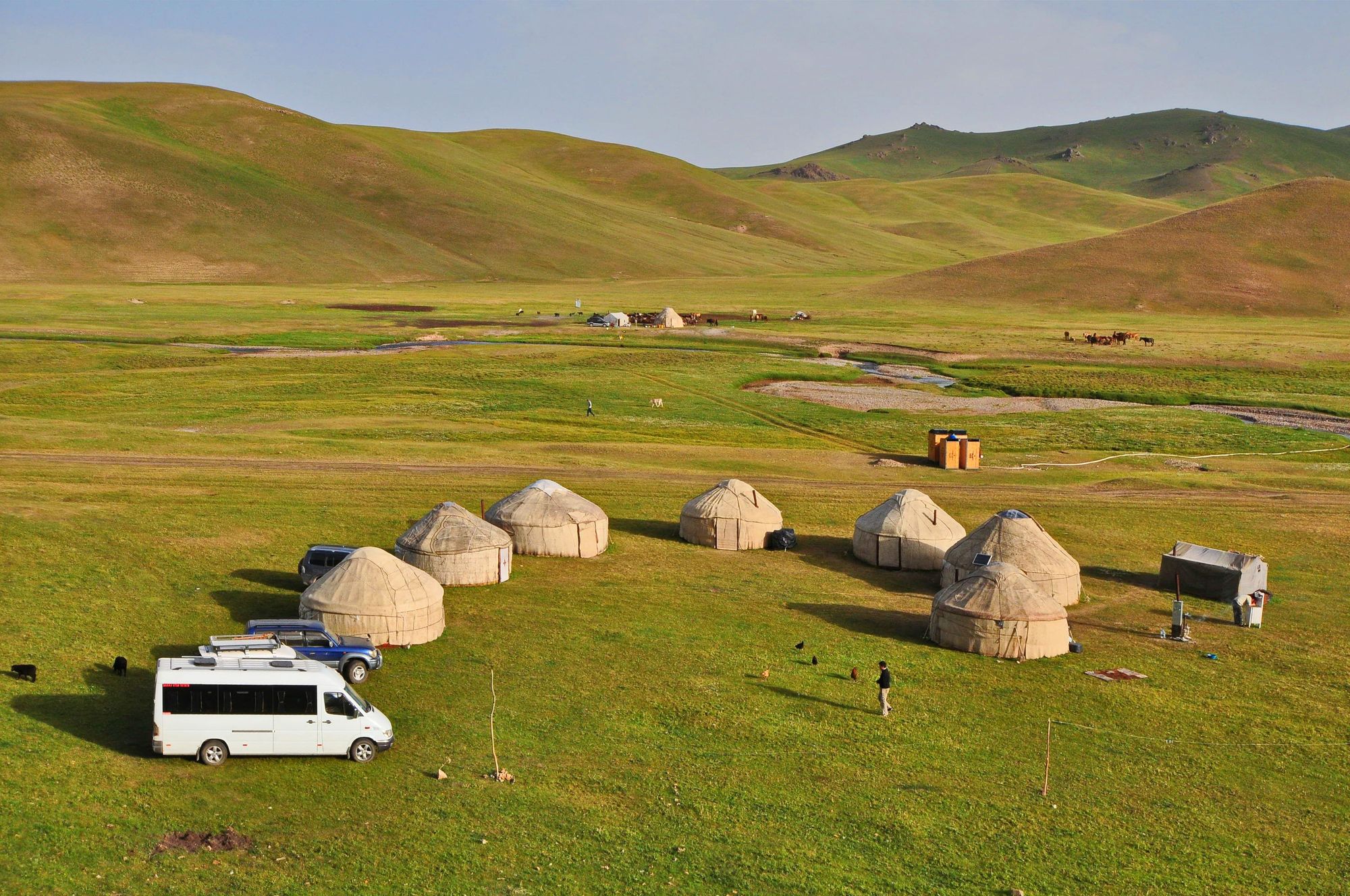
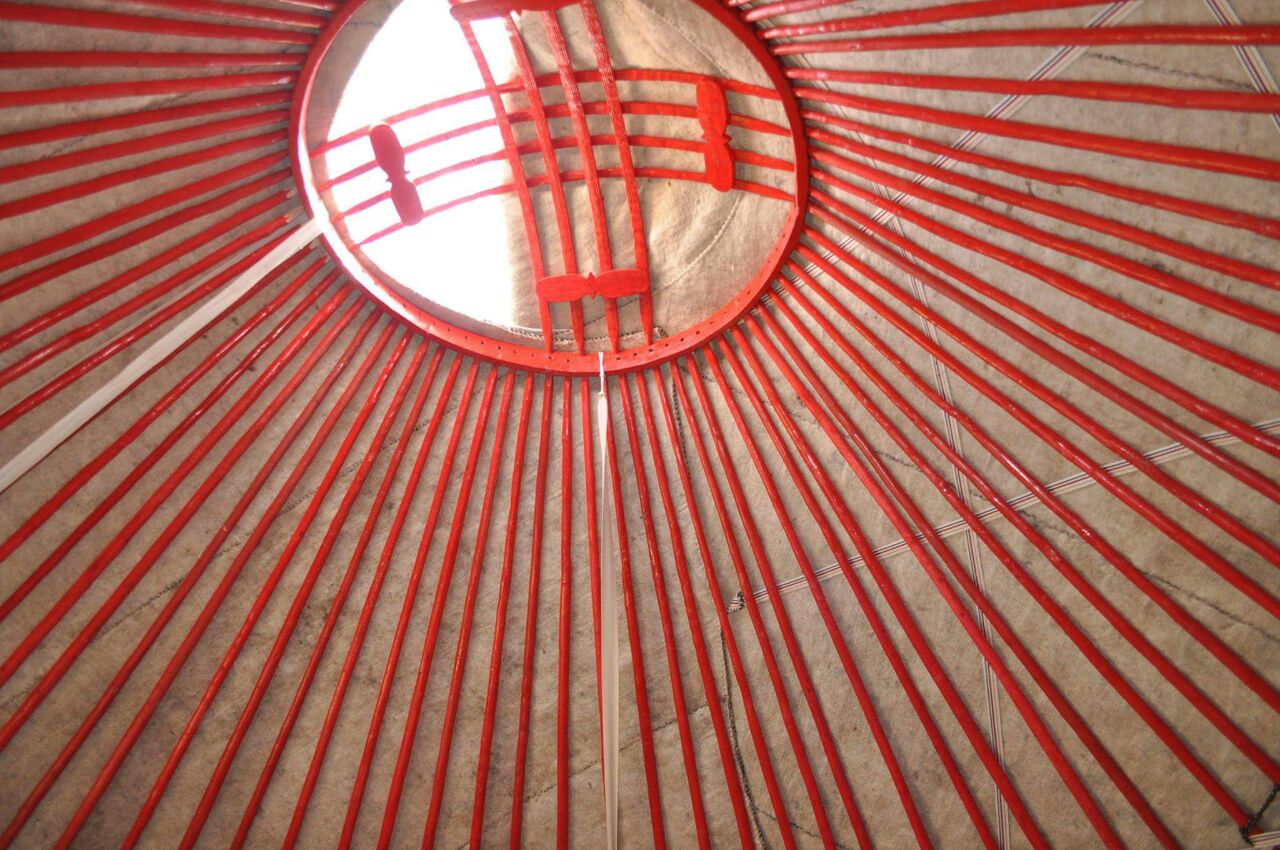
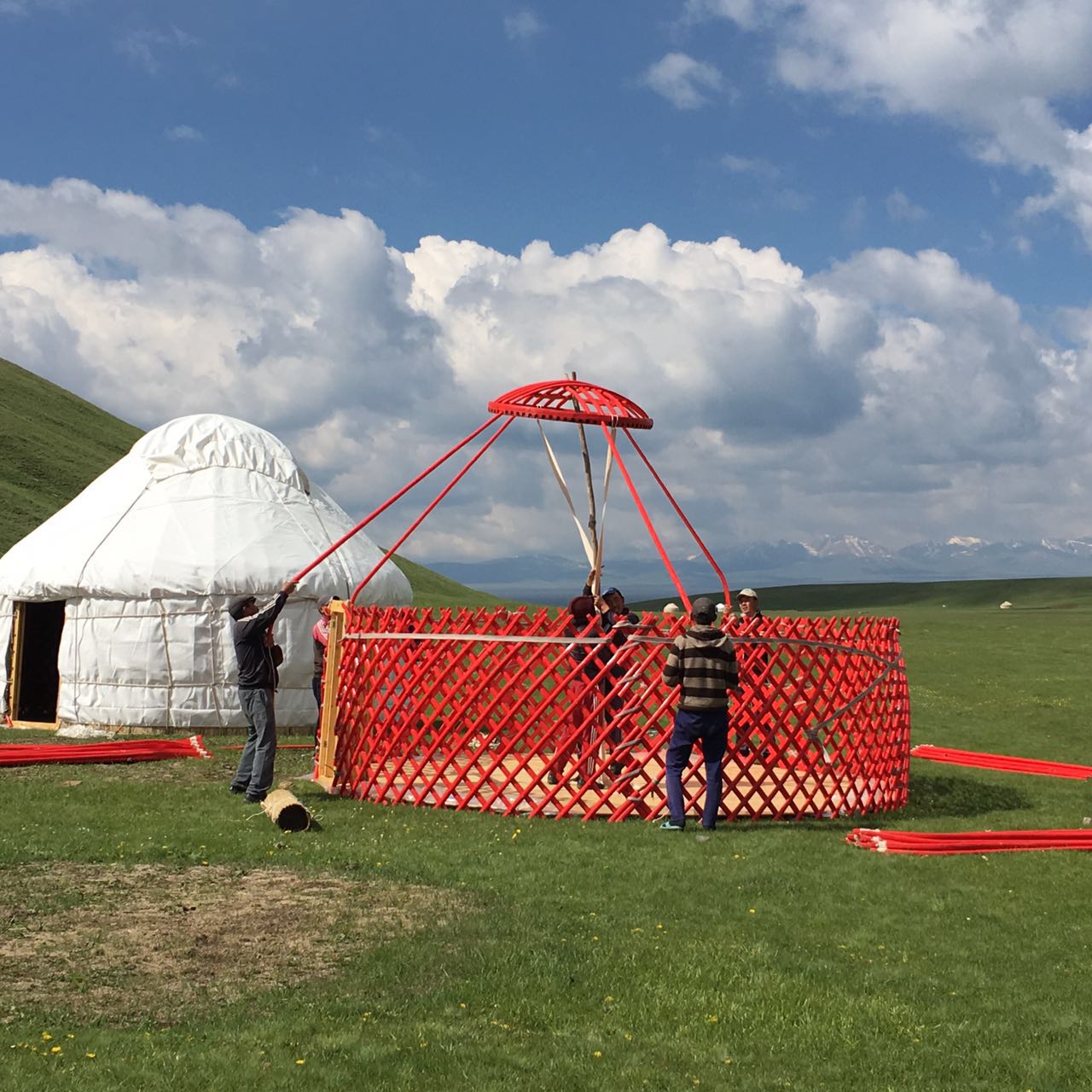
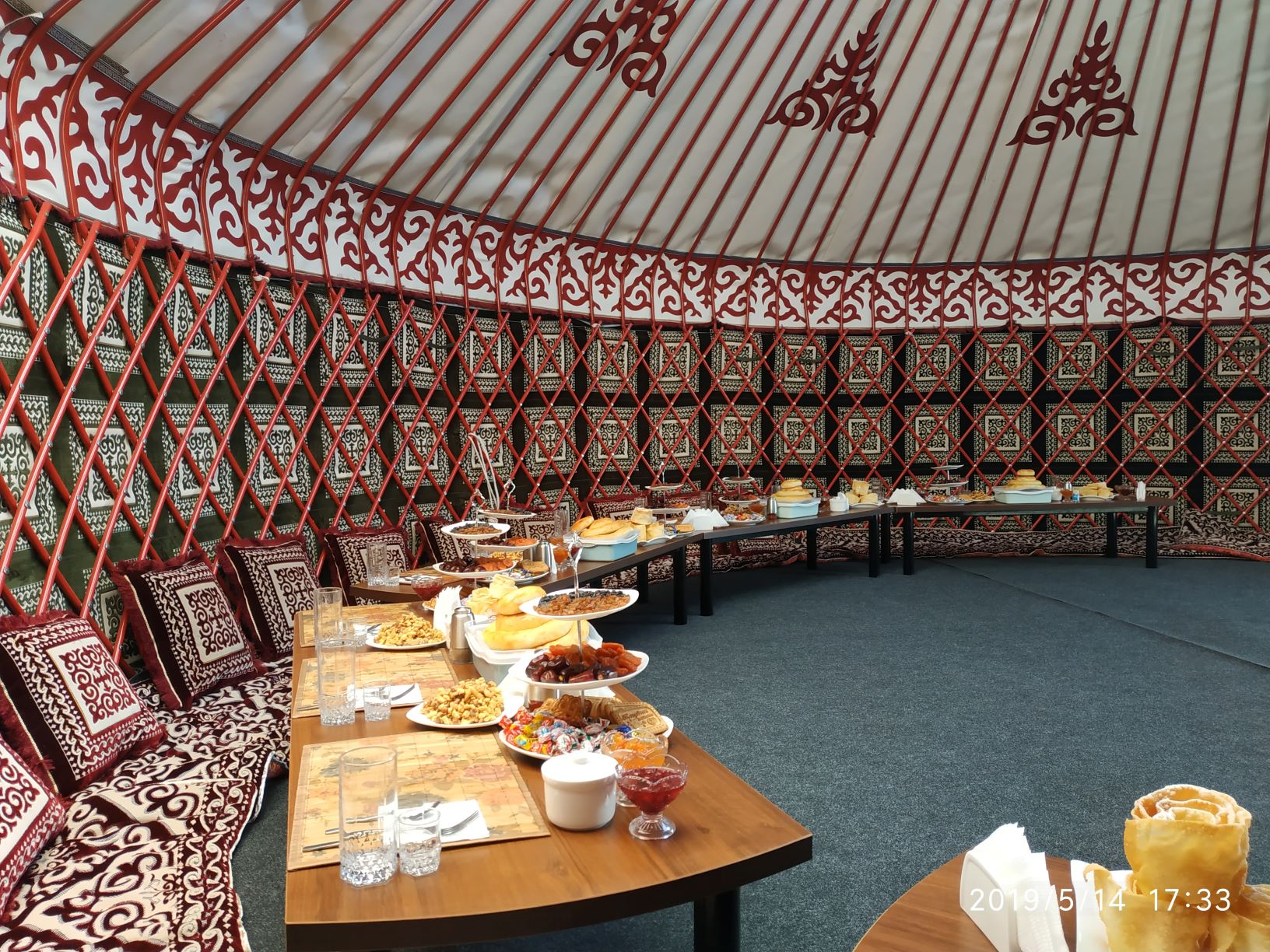






Since ancient times, Kyrgyz tribes engaged in nomadic cattle breeding. For fruitful activity, they have developed convenient dwelling, which could be easily assorted, transported on animals and reinstalled. Prevailing type of dwelling was portable one – which is yurt.
The word “yurt” is of Turkic origin, the initial interpretation is “people“, later this word began to be called nomad dwelling. There is an expression “ata-jurt» in Kyrgyz language, Mongols have the word “ger“, both are synonymous with the word “house“. Therefore, the word “yurt” means «home“.
Yurt – nomadic dwelling therein lies significance and importance.
Kyrgyz yurts are installed from several parts. The base is made up of collapsible trellised walls – called “kerege“, they give the yurt a rounded shape. Hereafter a massive dome “tunduk” is attached at the top and consists of wooden poles “uuks” which resting on the door frame “bosogo“. The hole at the top serves as a flue, it is the main source of lighting and airing. The felt cover is put over the yurt cap, it does not get wet and protect against wind. The design of yurt is very comfortable, easy to carry and serves the year round.
Yurt decoration plays an important part. In internal furniture of yurt of the past there were and still are observed some local distinctions, both in the elements of the furniture, as it is marked presently, and by the way of their arrangement. The central part of yurt, “kolomto” is the fire place. At the back wall, just against the entrance, people put trunks, bedding, felts and carpets, fur and other outer clothing. Here is a place called “tor”, which is considered the honorable place. The right side of the yurt is called “the female half” or “epchi jac”, it is housekeeping corner separated by a patterned screen made of chiy. Women hang out or put dishes or other utensils and keep food stock there. On the left side is “er jac” – the male part, usually stored horse accessories, handicrafts and hunting items. Felt or pile carpets are spread out on the floor. The walls are decorated with shirdaks, embroidery, pile carpets, chiy mats and other decorative items.
The majority of nomads made do with only one yurt of small or medium size. However, the cases were diverged and largely depended on the richness. Well-to-do families could afford separate yurt where food was stored and prepared. There were also temporary yurts, “maiman uyu“, which were only set up on weddings or funerals. As well, the yurt is a target of traditional handicraft.
Kyrgyz yurt is very similar in construction to other nomadic ethnic groups in the whole Asia. Nevertheless there are also small differences. For example, in the north part of the country, the dome shape is more conical, while in the south, it is more flat due to the large curve of the yurt lower part.
Now people live in cottages and apartments. However, some of them still lead a semi-nomadic life. They reside in yurts on summer pastures and graze animals. Living in yurt camps is an interesting way for travelers to get acquainted with Kyrgyz culture, its unique traditions and customs. Of course, such camps will not always have all facilities, but the memories of warm hospitality will last a lifetime.
Nomad Lodge invites you on a fascinating journey to the country of nomadic civilization, to meet an unforgettable sunset and sunrise as a real nomad, to taste national delicacies and have first-hand knowledge of Kyrgyz culture and traditions.
